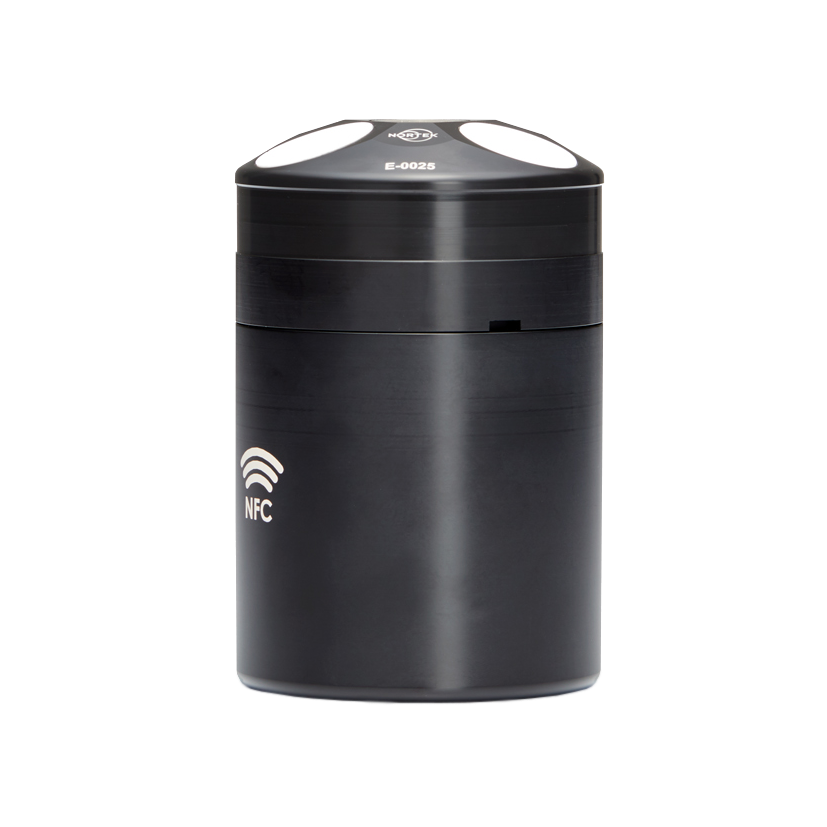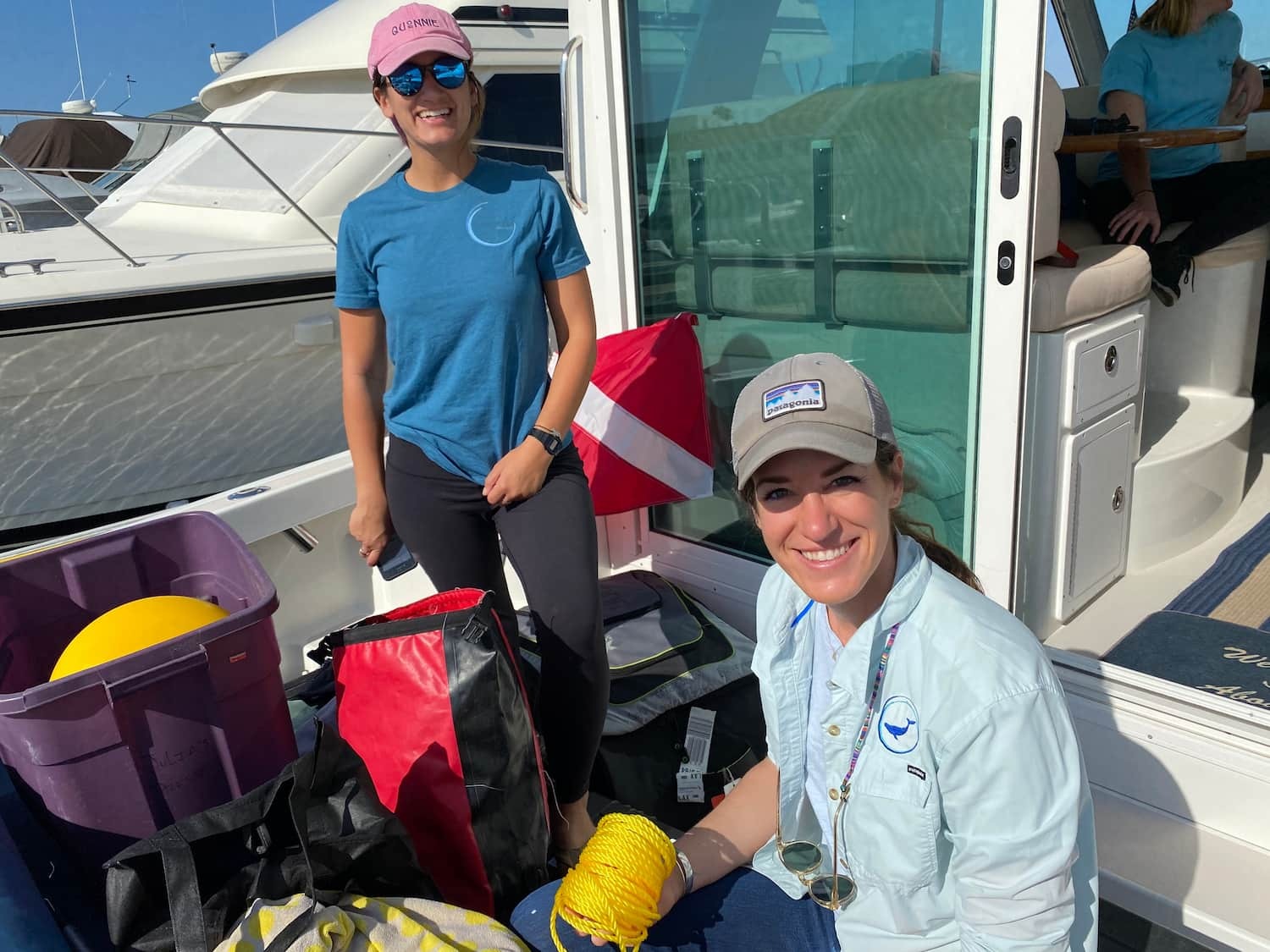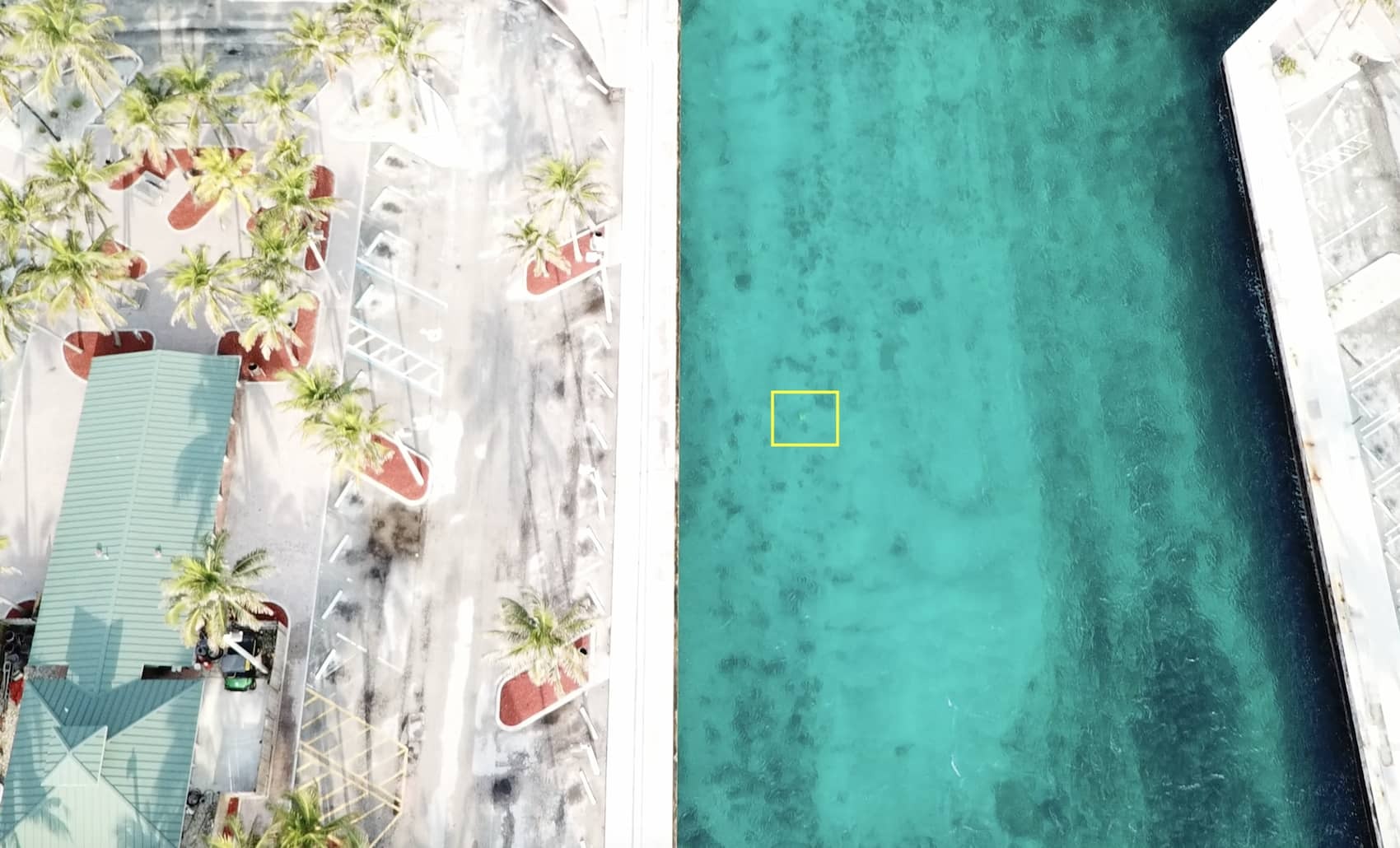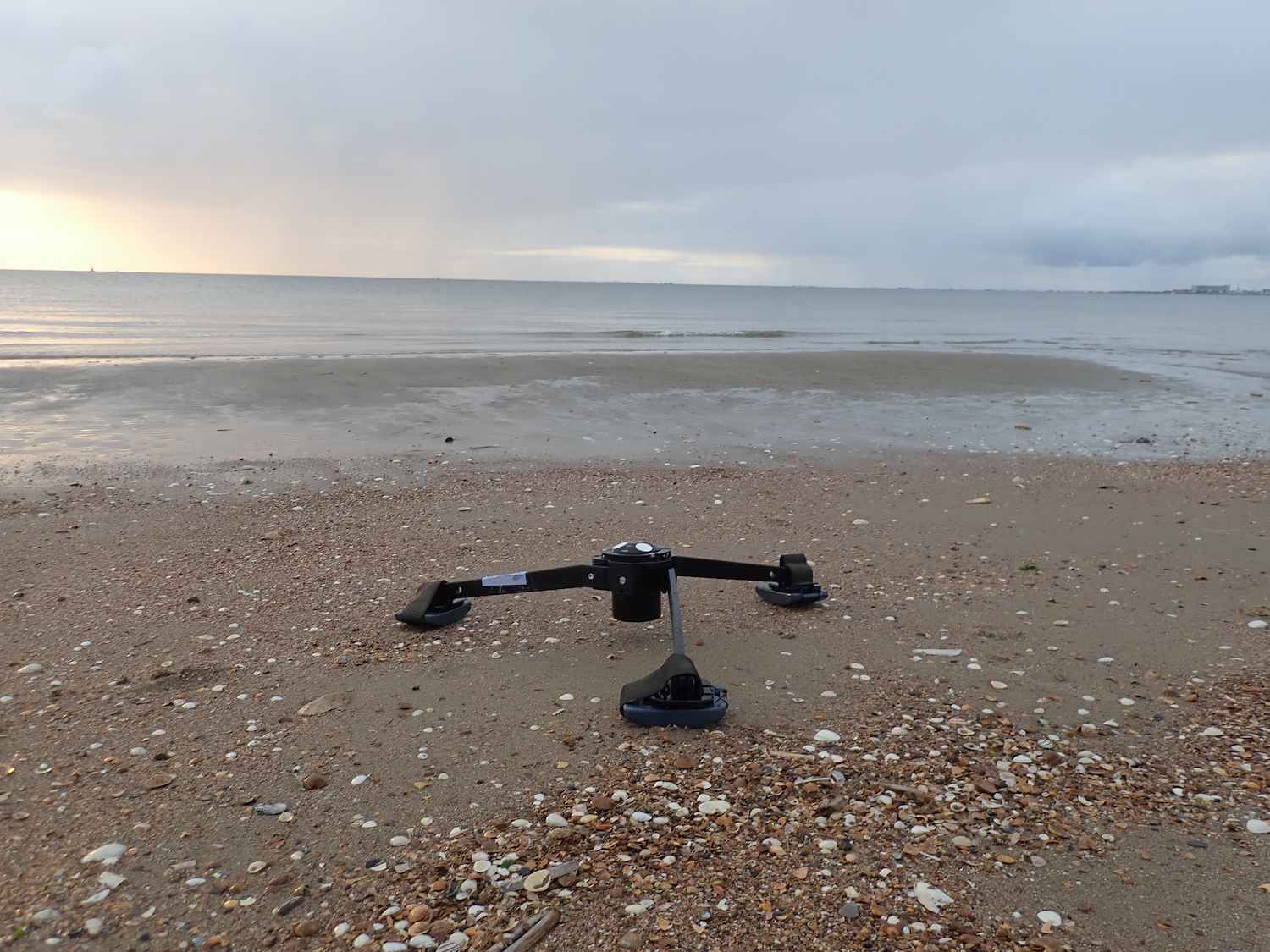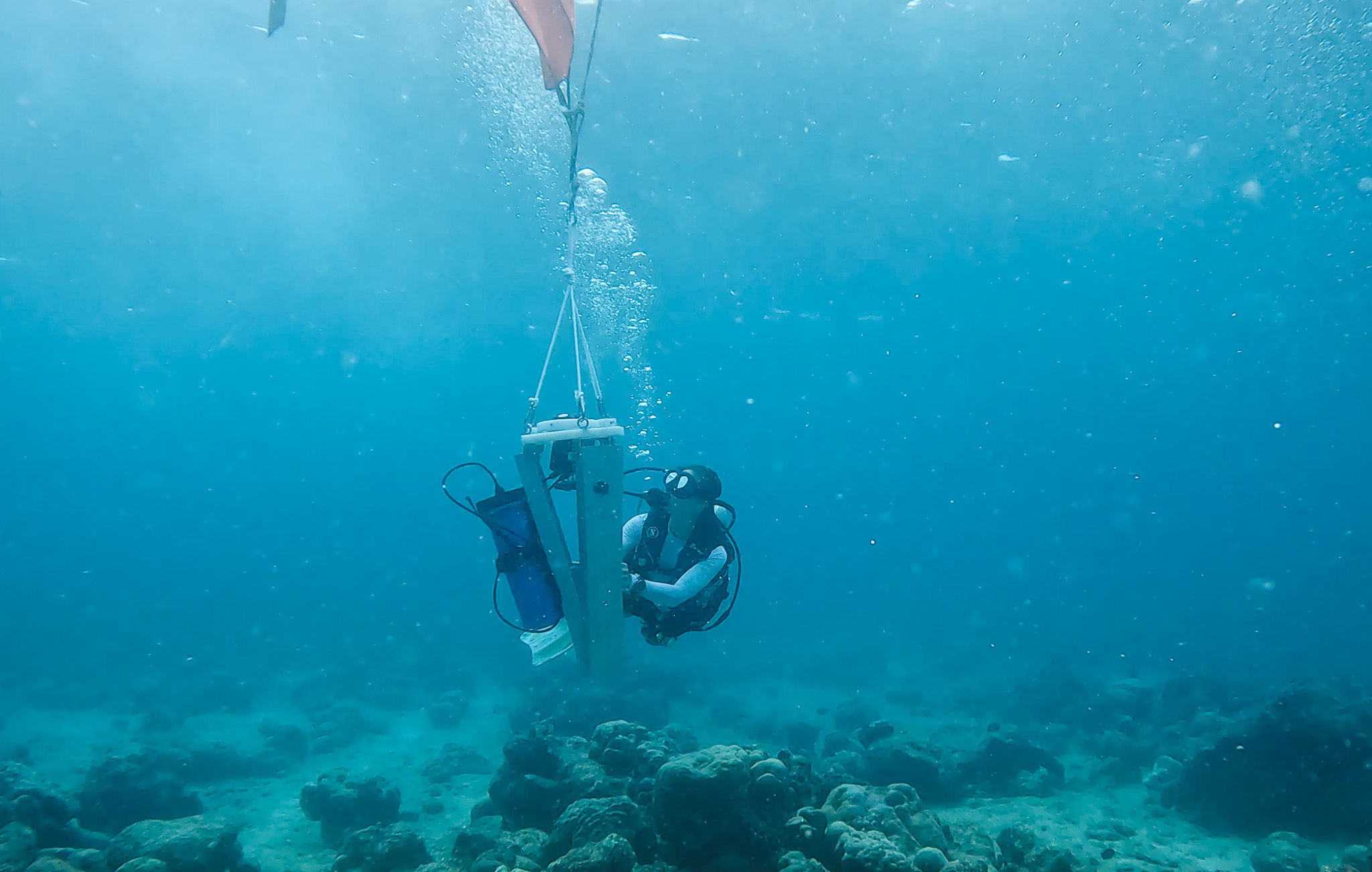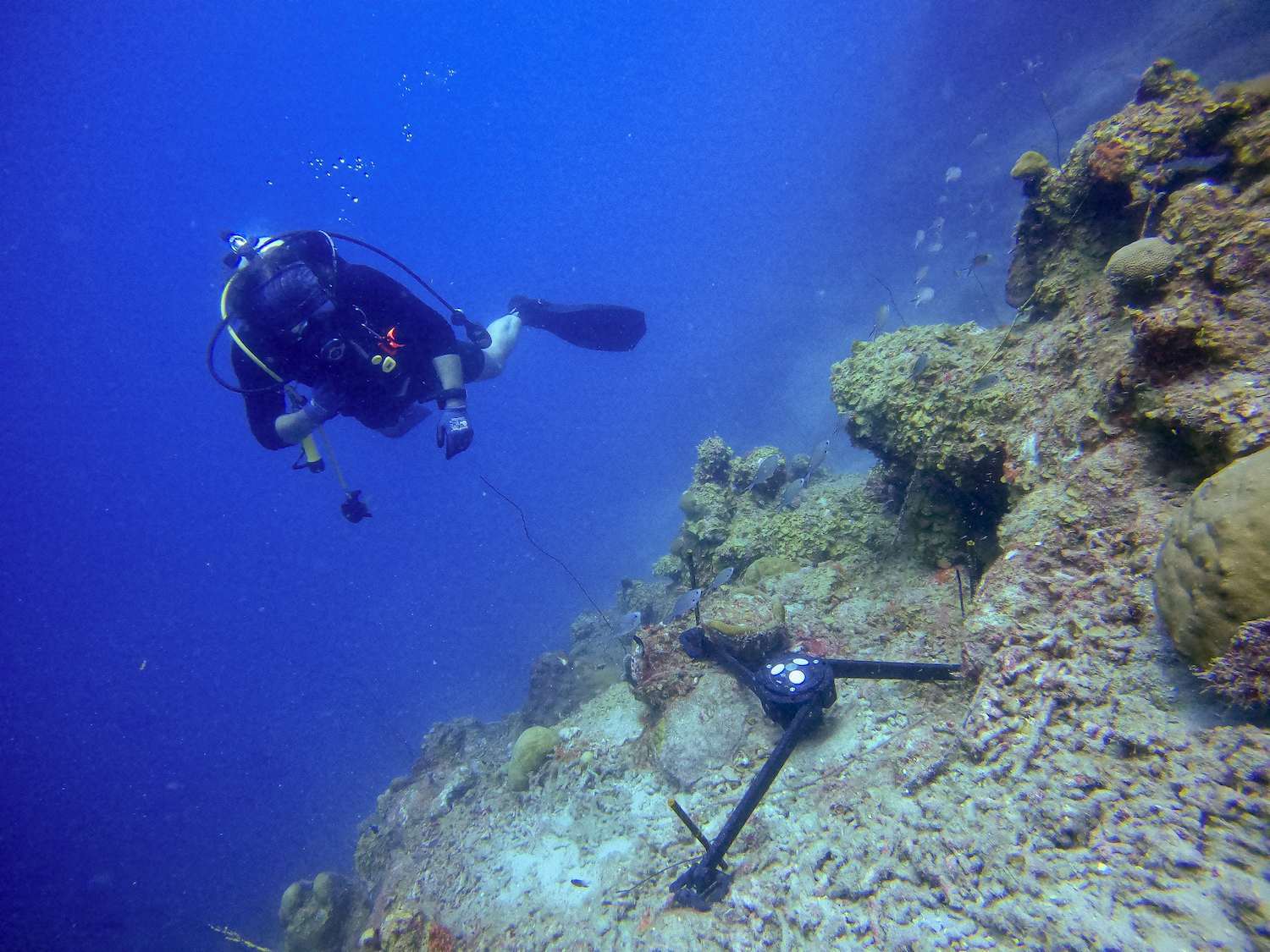
Studying water flow to maximize coral growth on reefs
- User stories
Synopsis
Challenge
A research team at San Diego State University is building floating artificial reef structures to study and restore coral reefs. To choose optimal study locations, they needed to know flow patterns at different sites.
Solution
The team used the Eco ADCP to get instantaneous current profiles at three different sites. They viewed the data while still in the field and saw which site had the highest flow rates.
Benefit
The team made an informed decision on the placement of their reef structures, maximizing the chances of coral growth and nearby reef repopulation.
As coral reefs continue to degrade across the globe, research efforts to better understand these complex ecosystems, as well as restoration efforts, are becoming increasingly important. PhD student Jason Baer from San Diego State University
and the rest of the Rohwer lab are building and deploying structures they call “Coral Arks”. These Arks are large, geodesic structures in the mid-water column designed to grow and study small reef communities. As part of their research, the team needs to understand the flow patterns at various reef sites and Ark deployment sites.
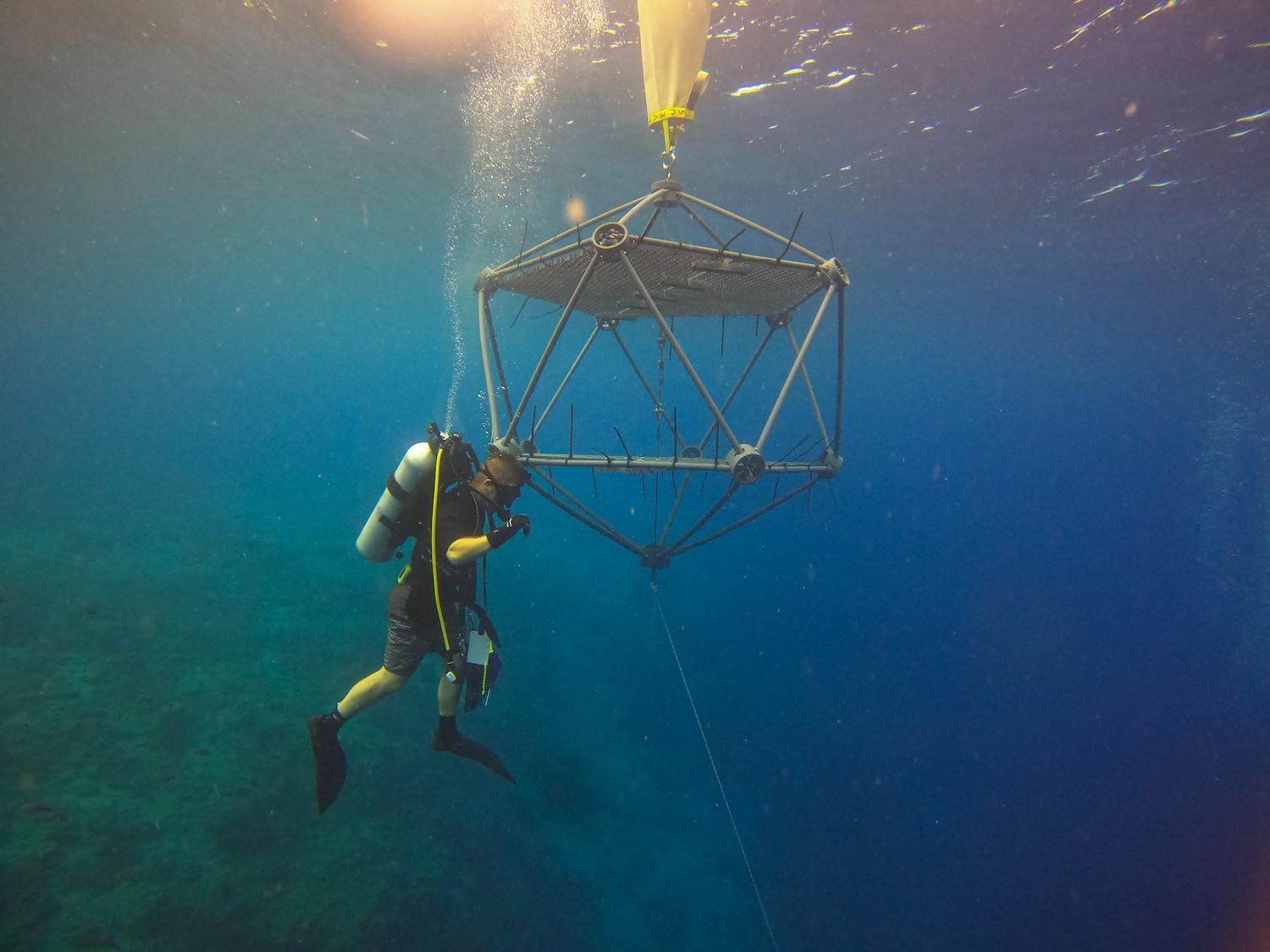
Combining coral reef research and restoration
The team’s goal with the Arks has several components. Each Ark is designed to function as a miniature reef community. According to Baer, the team’s goal is to use the Arks not only as tools to better understand the conditions corals need to thrive, but also to help restore reef sites that have been negatively impacted by hurricanes, ship groundings, beach restorations and other factors.
“We hope these miniature reef communities will be used as one tool to conserve reefs by creating pockets of coral reef biodiversity, even in degraded areas, that could help reseed and repopulate the surrounding reefs,” says Baer.
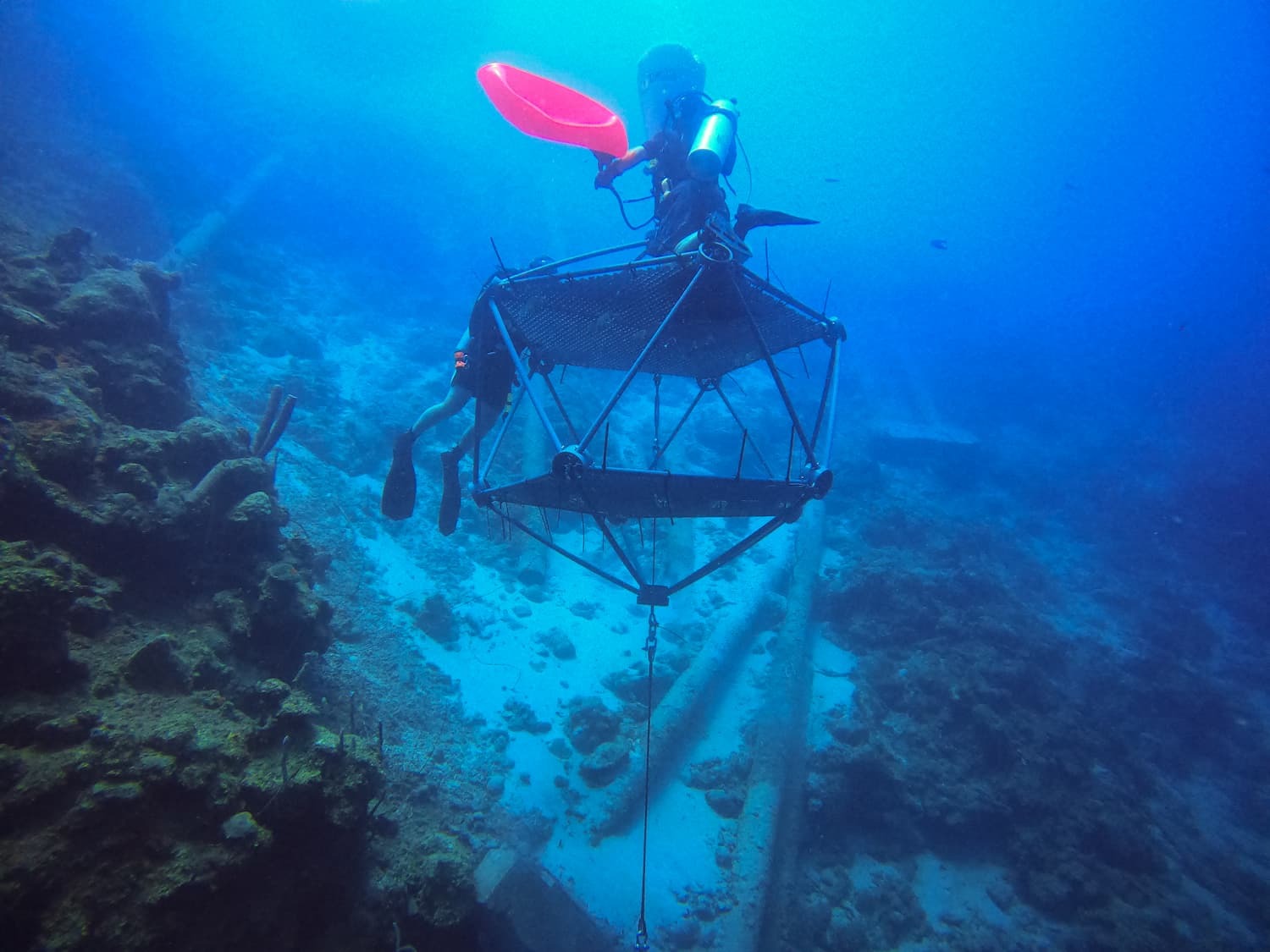
Baer and the Arks team deployed the first set of Arks during the summer of 2021 off the southern coast of the Caribbean island of Curaçao. The communities that develop on these Arks are being studied to determine not only which structures and conditions are most beneficial to coral growth, but also to determine the contributions of grazers, such as fish, urchins and hermit crabs, as well as other organisms that make up the Arks’ reef community.
Studying three-dimensional coral reef monitoring structures
The Arks team set out to answer several questions about coral reefs and reef community growth. One of their research questions surrounds how and why different organisms are attracted to different types of corals; for example, small fish and crabs often seek refuge in the small holes created by branching corals. Studying these relationships can provide key insights as to how other organisms like fish and crabs in turn support coral health.
To investigate these relationships, the team built three-dimensional structures known as Autonomous Reef Monitoring Structures (ARMS) out of limestone and placed them on the Arks. These structures were built to offer varying sizes of spaces for fish and other organisms to inhabit, mimicking the natural structures these organisms would typically call home.
According to Baer, the team will monitor various parameters within these ARMS units to better understand the interactions between corals, the organisms that support them, and their surrounding physical environment.
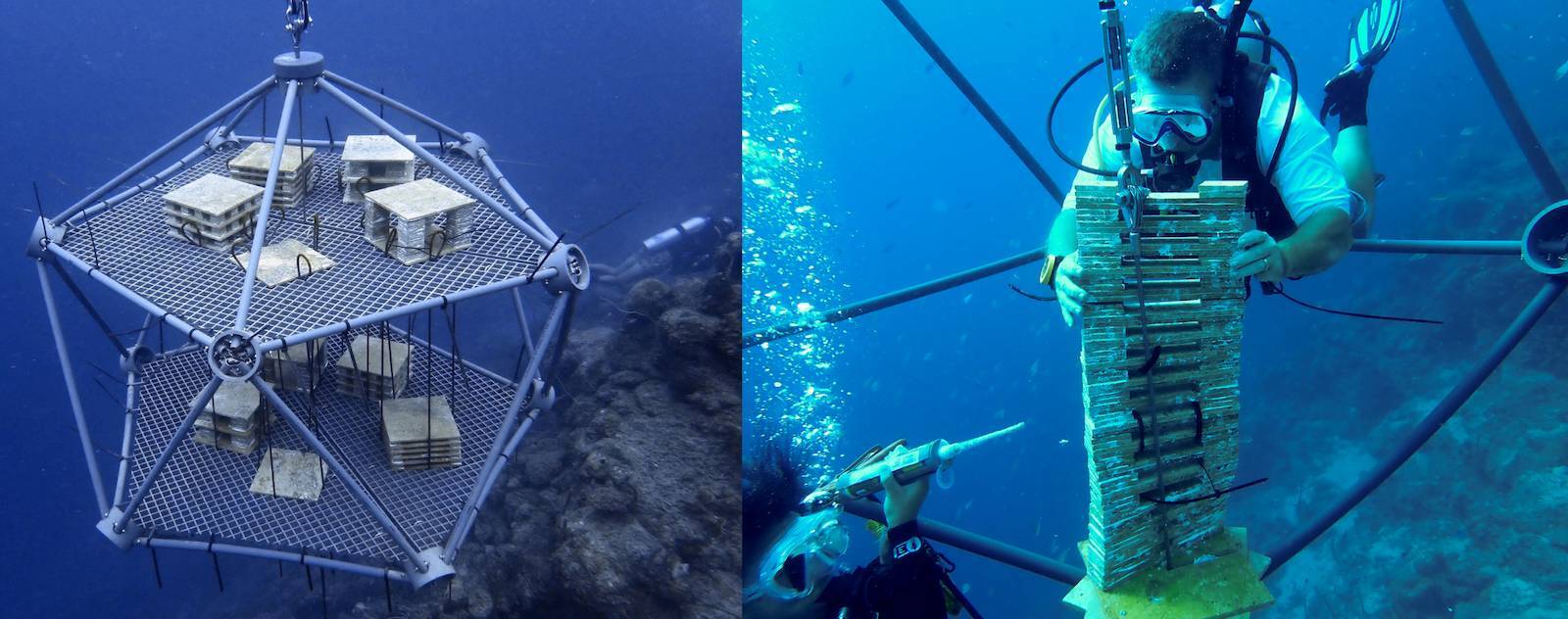
Choosing sites for reef research based on knowledge of water movement
The Arks team had to select sites that would be optimal for growing reef communities, a task which requires several considerations. An important aspect of the Arks is that they are intended to grow coral communities away from the seafloor to give the corals and other reef organisms an environmental advantage.
“By moving corals and all the organisms that support their health off the seafloor and into the mid-water, we can provide the coral reef community with improved environmental conditions such as higher flow and light, as well as avoid some of the challenges they face on the seafloor, such as sedimentation and hypoxia,” notes Baer.
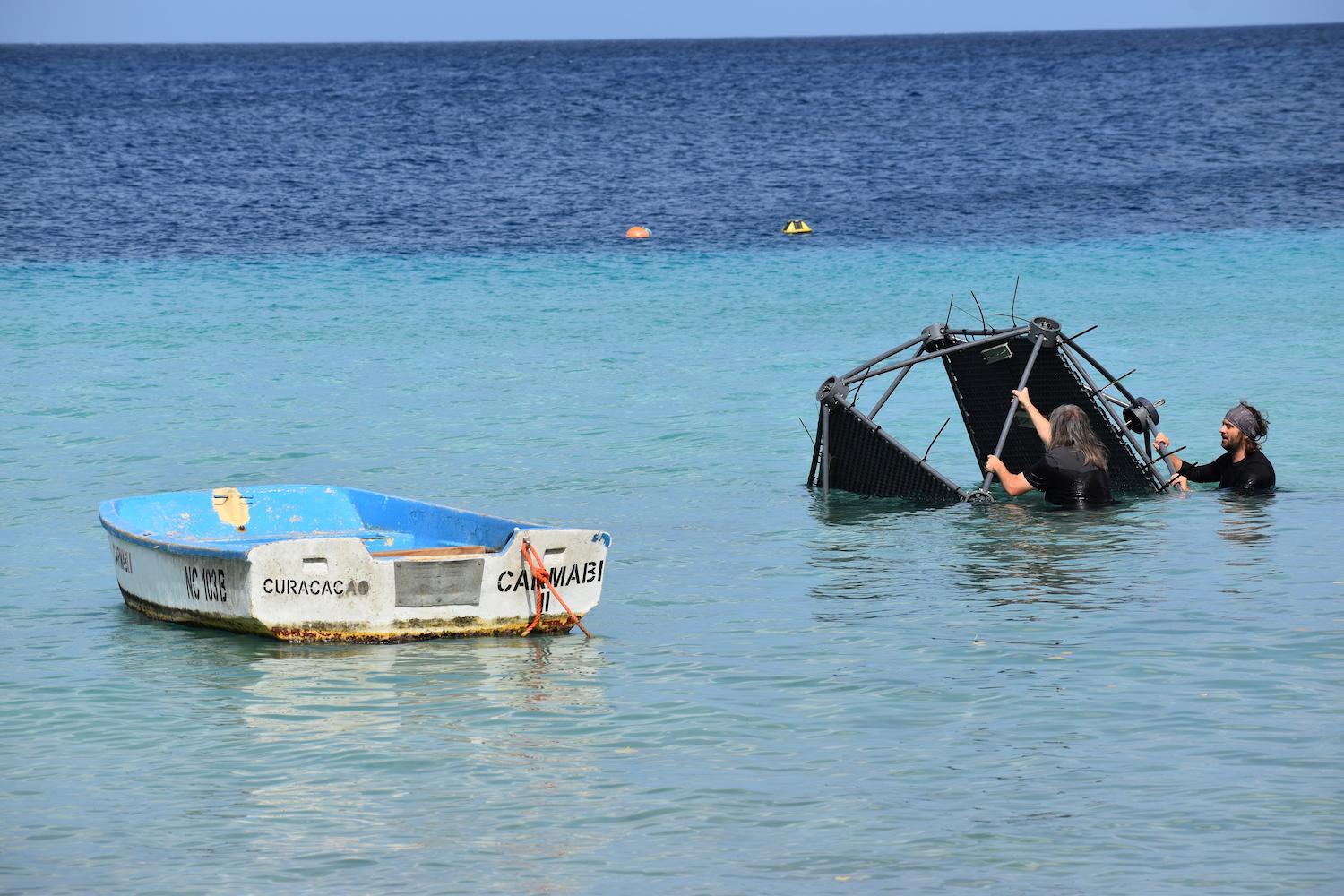
The team chose to deploy the Arks on degraded reef sites in Curaçao. According to Baer, most of the Arks were anchored at around 23 m, with the structures themselves floating at around 15 m depth. Special consideration was taken at the sites in Curaçao to avoid the Arks being caught in trawling lines from fishermen in the area, resulting in slightly deeper deployments.
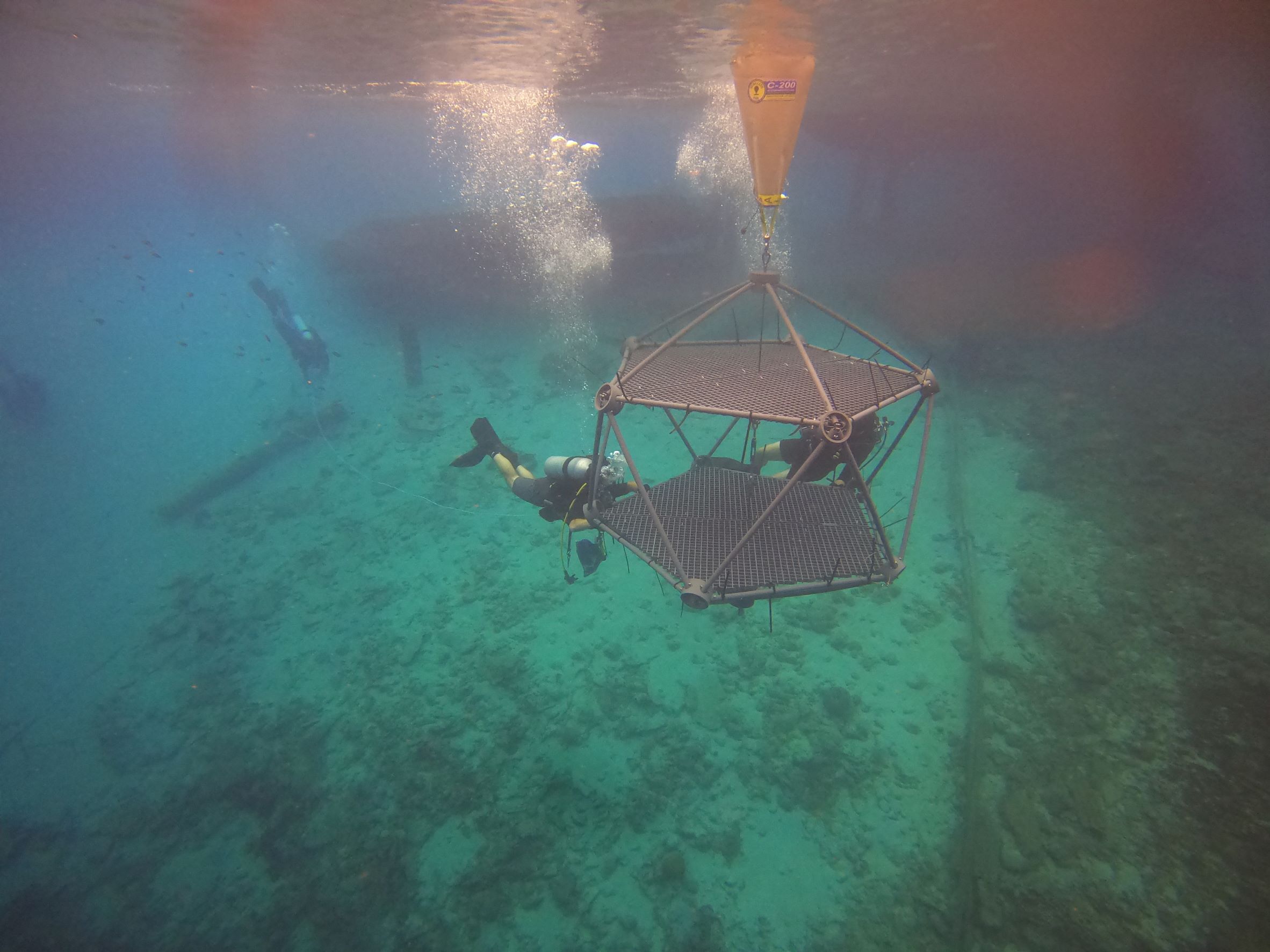
Baer also notes that the site they chose is optimal for Arks research because of the condition of the surrounding natural reef.
“Much of the surrounding reef at this site has been smothered by sand and sediments from beach restoration and land-based construction projects,” he says. “However, while coral cover on other reefs in Curaçao is much higher, this reef does support some coral assemblages, and fish still thrive here in great numbers, making it a great site for an Ark.”
The hope is that Arks will not only create self-sustaining communities but also improve the quality of the surrounding reefs by attracting more fish and other organisms.
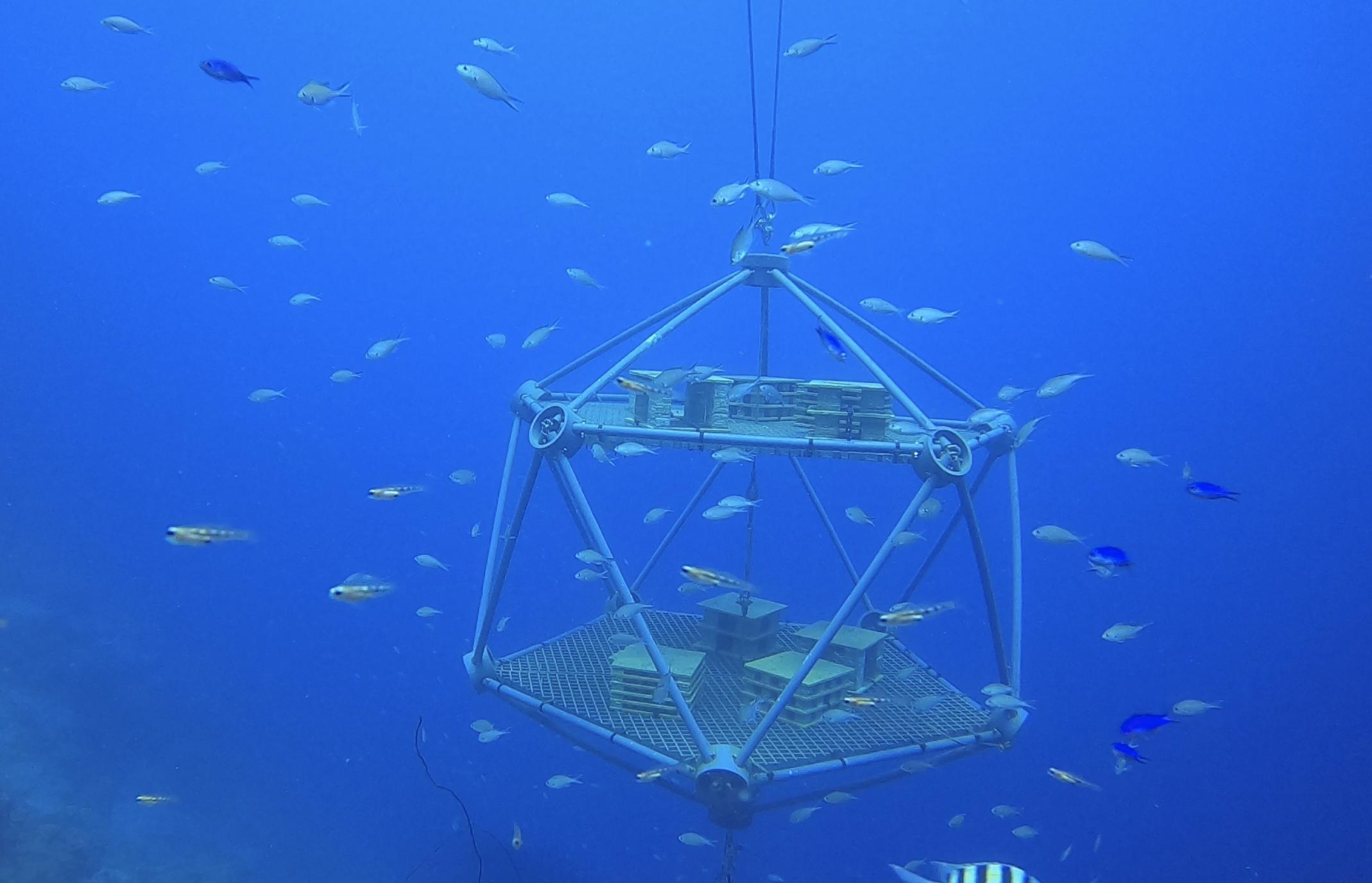
Knowledge of the existing environmental conditions proved essential to choosing the site for the Arks in Curaçao. According to Baer, the team needed to answer three crucial questions about the water movement at the sites they were considering: what the ambient current speeds were, what the residence time of reef water was, and how current speeds differed at different depths in the water column. To answer these questions and choose an optimal site, the team used the Eco current profiler from Nortek.
Measuring currents at different potential coral reef research sites
Quantifying the Arks’ physical environment was important because water movement can have big impacts on a coral reef community.
“Flow is such an important factor when it comes to the health of marine organisms, and it’s often overlooked,” says Baer. “The complex movement of water over reefs governs the flow of resources to and from the reef, determines where certain organisms choose to live, and has huge impacts on biological processes.”
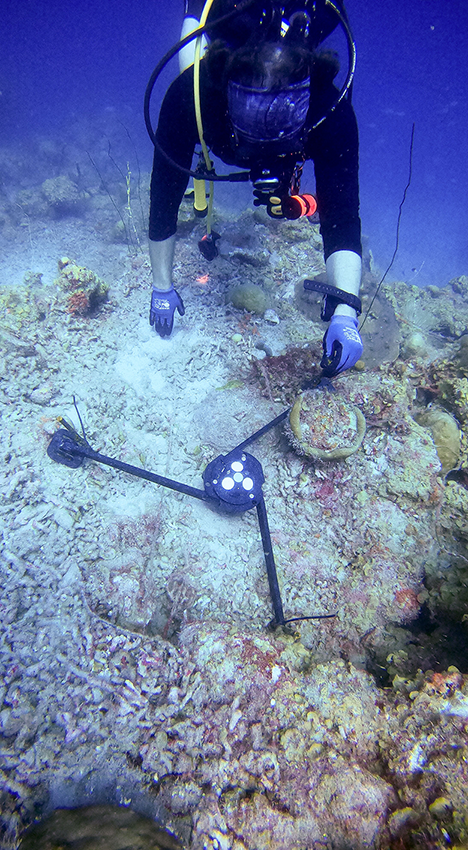
The Arks team used the Nortek Eco ADCP to measure current speeds at three different potential deployment sites. For each site, the team looked at current speeds in a three-layer profile. The team used the Eco bottom mount to deploy the Eco at each site, for between 48 to 72 hours at a time, at around 18 m depth. The resulting data provided them with clear insights as to the advantages of one site over the others.

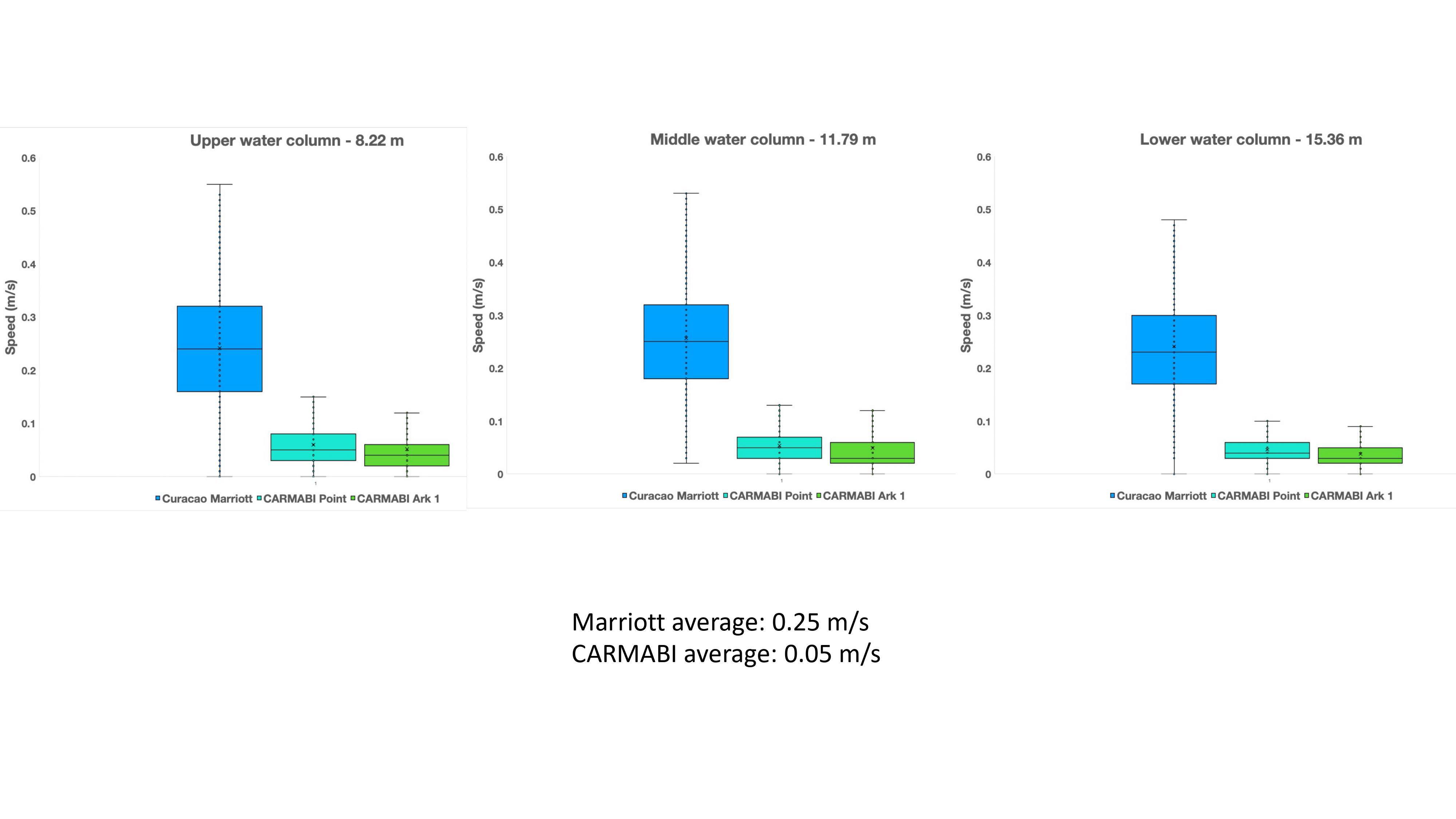
The importance of using ADCPs when collecting environmental, physical and biological data on coral reefs
According to Baer, higher current speeds can be beneficial to coral health. “We selected one of these sites (Marriott) as a promising deployment site based on its higher current speeds than the other sites,” says Baer of the decisions they based off Eco data.
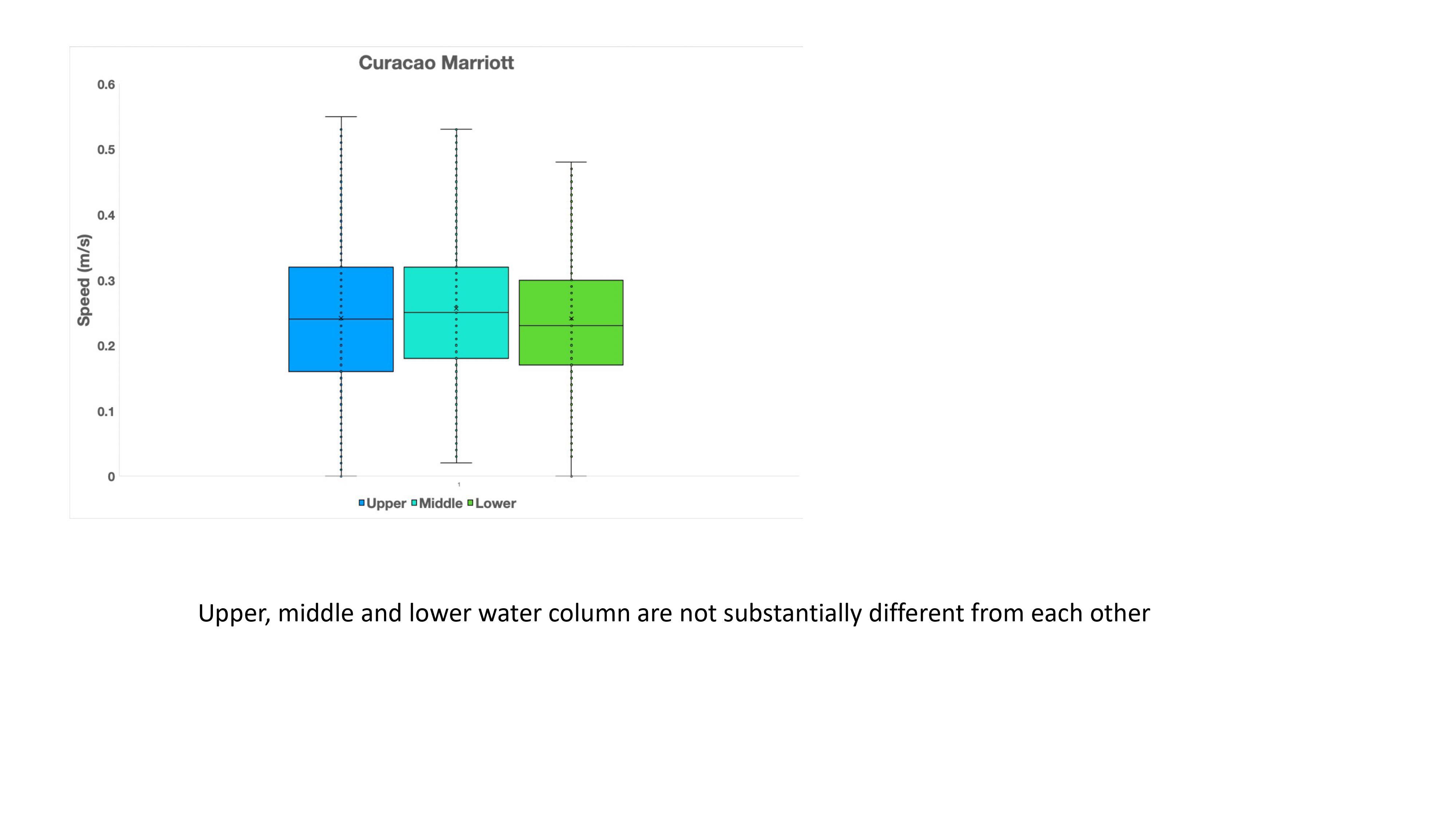
The team was also able to quantify the current speeds throughout the water column at the Marriott site using the Eco and found that velocities were fairly constant throughout.
Baer also emphasizes the importance of collecting ADCP data during projects like this one and notes the convenience of the Eco.
“I firmly believe that an ADCP should be used in all projects that are collecting environmental, physical or biological data on coral reefs,” he says. “I have used ADCPs many times in the past, and the Eco was extremely user friendly in comparison. The automatic data analysis performed by the Eco software meant we could see the data quickly and reliably between deployments.”
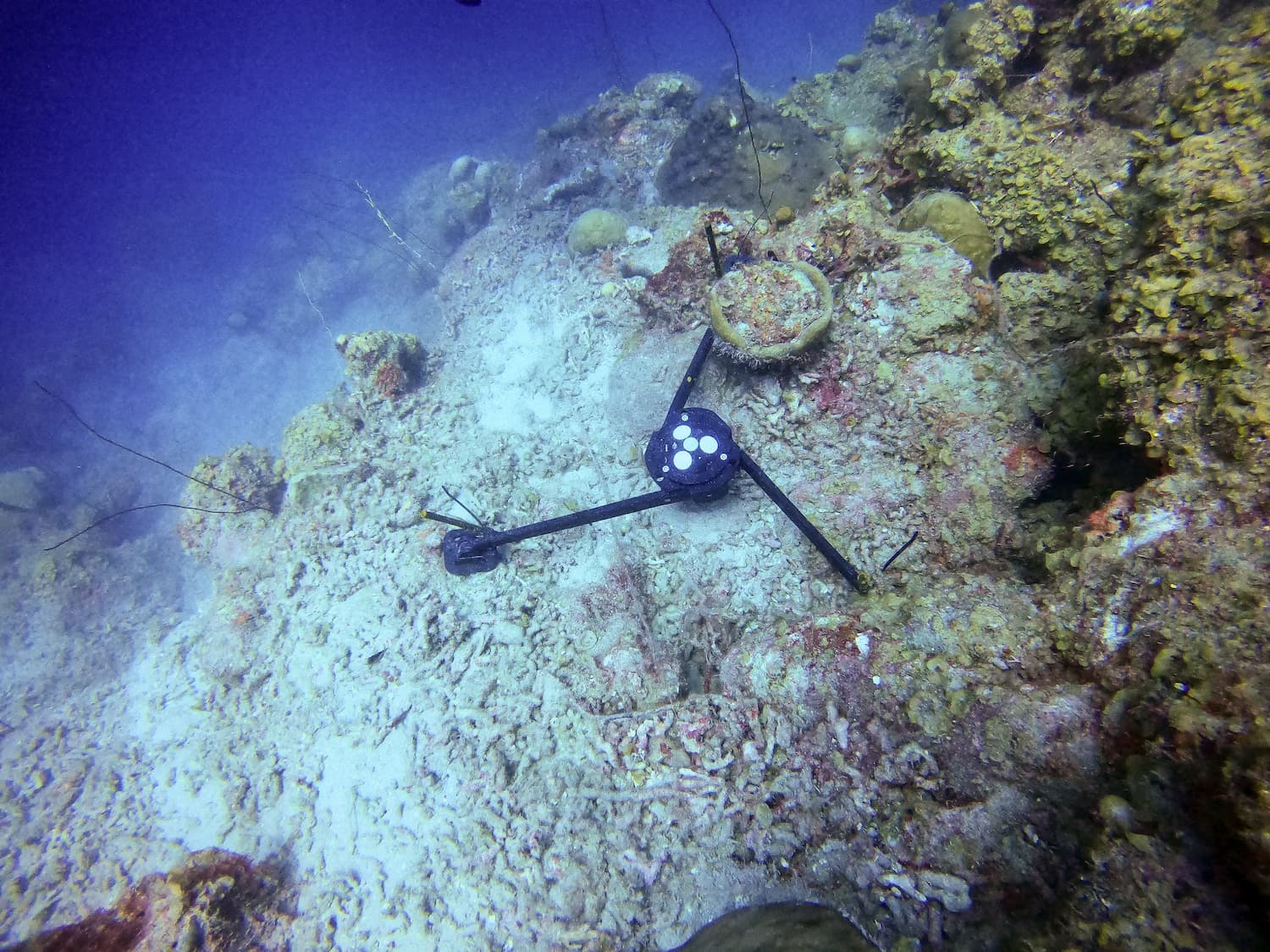
Looking towards the future of coral reef conservation
The Arks will tell this research team more about the conditions required for building and sustaining healthy coral communities, from investigating how corals grow in different environmental conditions to better understanding corals’ relationship with the organisms that support their health.
The team is also hopeful that the Arks will not only function as self-contained reef communities, but also help restore existing reef ecosystems in Curaçao and beyond.
“In these beginning stages, Arks are being used as an underwater platform for studying coral reefs, testing new conservation and restoration strategies, and developing a deeper understanding of the conditions that a healthy coral reef needs to remain healthy,” says Baer.
“Later, we hope Coral Arks will provide a scalable solution for some of the issues facing coral reefs today: recruiting and supporting fish, improving coral larval production, and even protecting coastlines by slowing wave action.”
